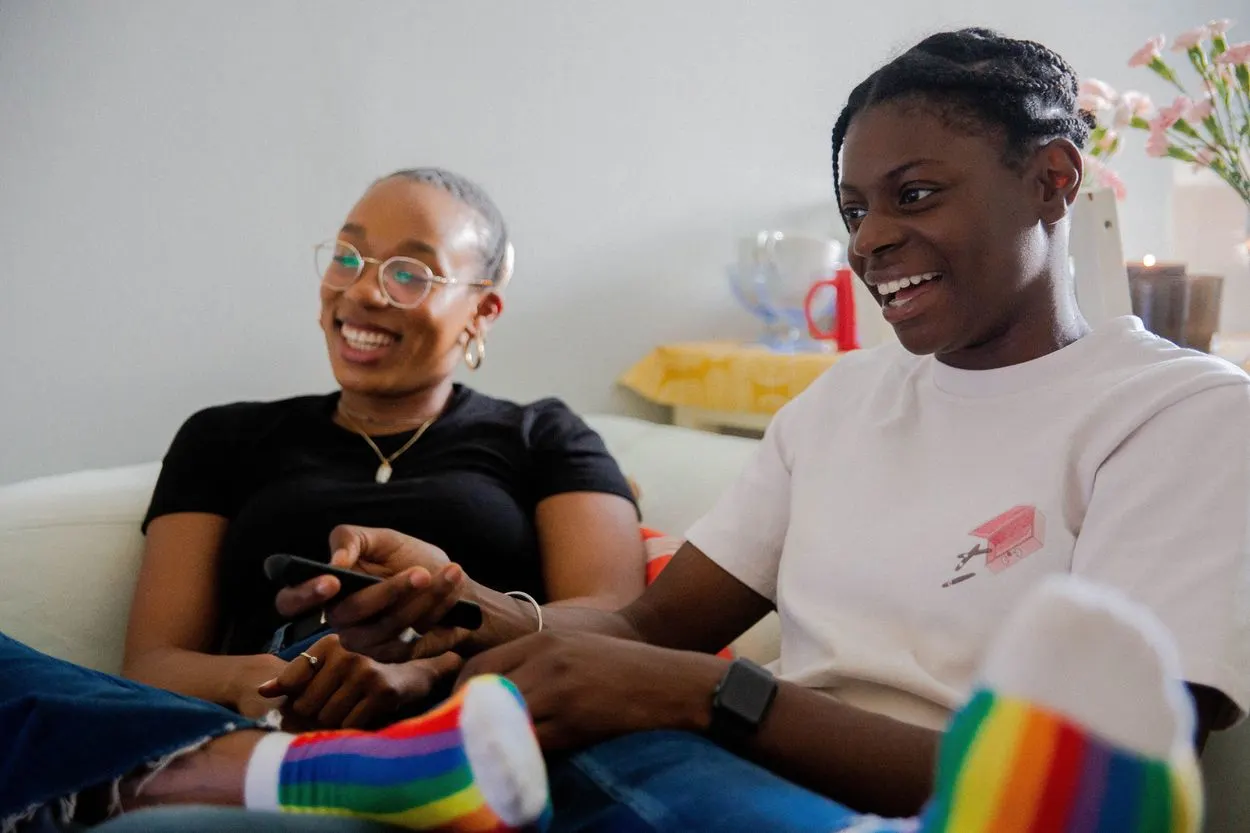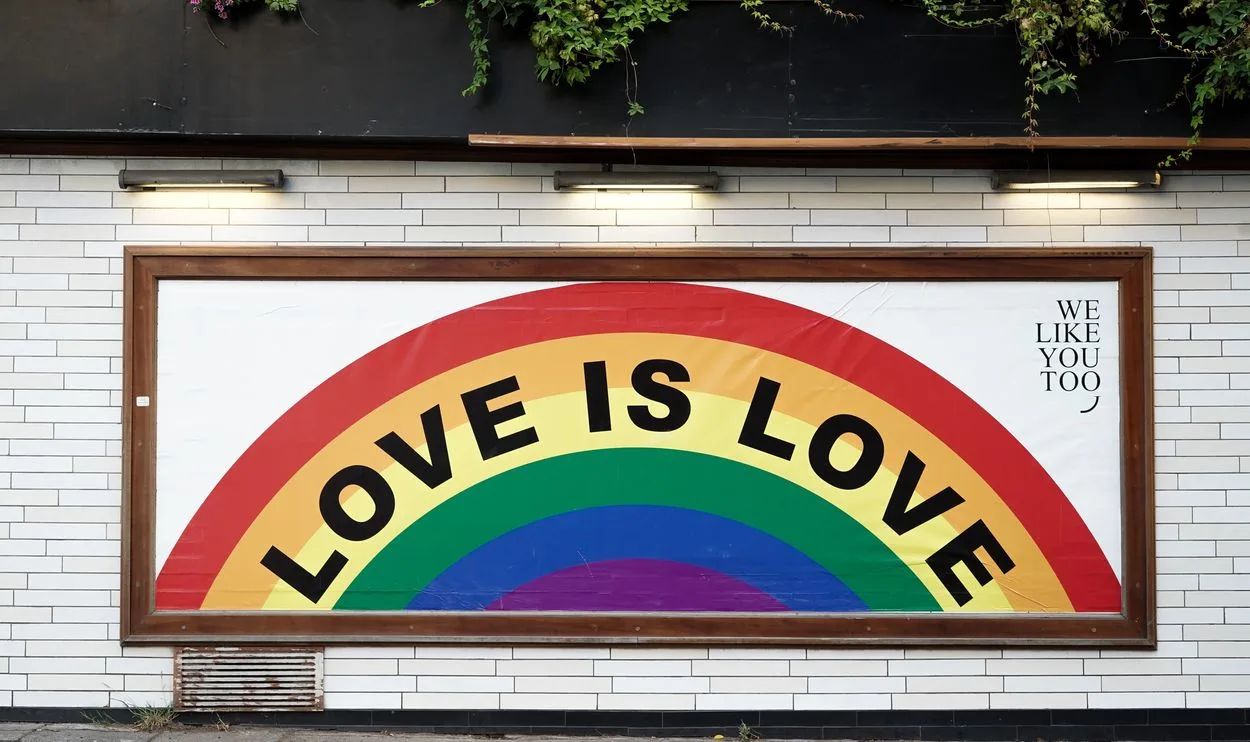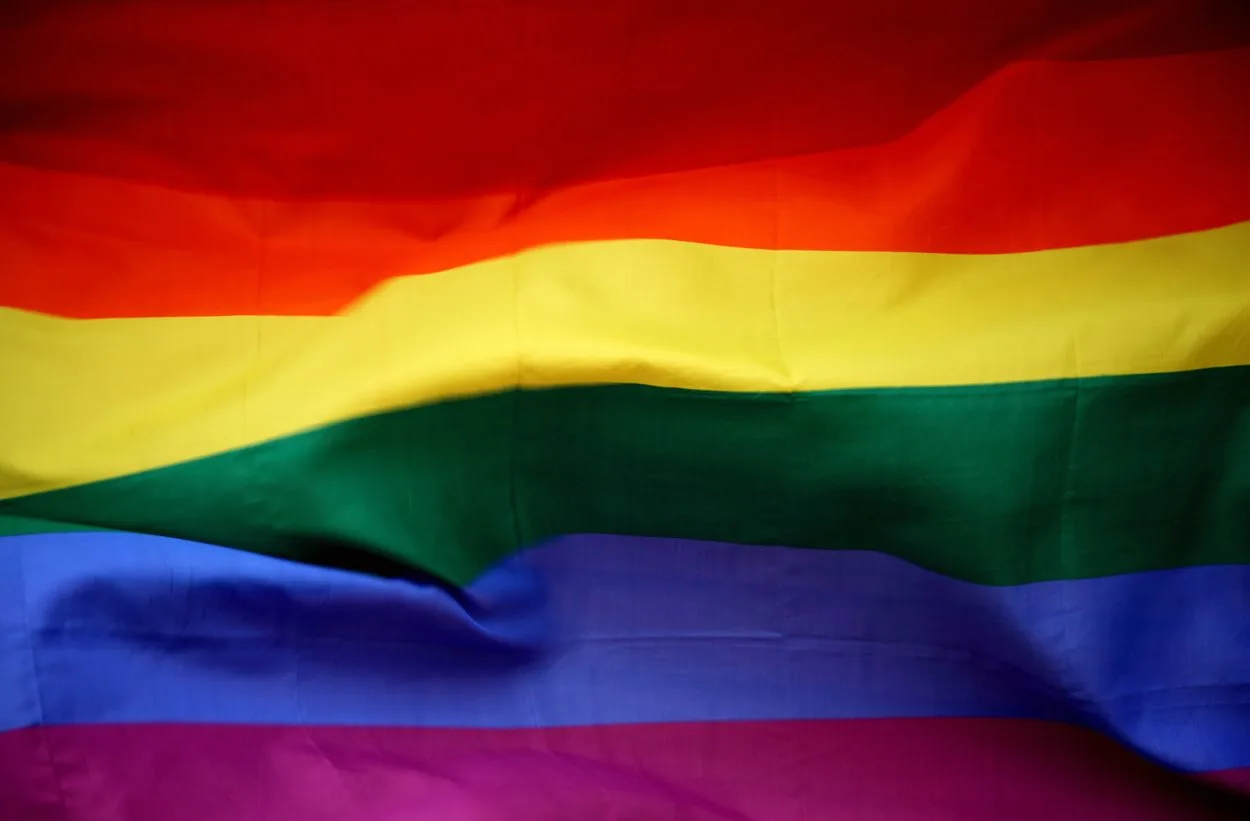As people became more aware of their sexual identity and their preferences in terms of their sexuality, it gave birth to the term LGBTQ. It is an acronym that stands for lesbian, gay, bisexual, transgender, and queer. However, Q is also recognized to stand for people questioning their sexuality and thus cannot categorize themselves under any of the other labels.
This term was devised to indicate that a person is not exclusively attracted to either a man or a woman. As the LGBTQ community is growing, more and more people are getting familiar with their sexualities, but on the other hand, it is also creating a lot of confusion, especially when it comes to bisexuals and pansexuals.
Bisexuality is primarily defined as being sexually, physically, or emotionally attracted to two or more genders, whether it is to the opposite gender or to the same gender as themselves. On the other hand, pansexuality is defined as being sexually, physically, or emotionally attracted to all genders.
Here is the video that explains many other different sexualities.
Keep reading to know more.
What is a bisexual?
As the prefix bi means two, the word bisexual is supposed to indicate that bisexuals are attracted to two genders. Specifically, men and women.
The traditional definition of bisexuality indicates that there is no inclusion of transgender people or people of any other sexuality. However, over time, people who identify themselves as bisexuals have confirmed that they are attracted to people of different genders other than cisgenders. This, compared to the definition, does not quite fit.
Therefore, a renowned bisexual activist Robyn Och has devised a new definition, “I call myself bisexual because I acknowledge that I have in myself the potential to be attracted – romantically and/or sexually – to people of more than one sex and/or gender, not necessarily at the same time, not necessarily in the same way, and not necessarily to the same degree.” This definition has become an accurate way for many bisexuals to define themselves. Given this definition, some bisexual people have updated the definition of bisexual to be inclusive of all genders and some have not.
As of now, bisexuality is more commonly defined as being attracted to two or more genders, not necessarily to the opposite or the same gender. A bisexual person can be attracted to a person of any gender.

What is a pansexual?
Pansexual is defined in the simplest terms as being sexually and romantically attracted to all genders whether it is cisgender, transgender, agender, or gender-nonconforming individuals.
The term pansexual was created out of confusion and was created as a spectrum of bisexual as a label that is more inclusive as bisexual is considered to be exclusive and binary gender.
There has been confusion in the LGBTQ community regarding this and the creation of a new term has led to cause disconcert among the bisexuals as they believe that their identity is being replaced by another label. The prefix pan comes from the Greek root, meaning ‘all’.
Are pansexuals just bisexuals?
As mentioned above, pansexual is a spectrum of bisexual. The main differences between pansexual and bisexual are listed below;
- pansexual means being attracted to all genders, also including agender, whereas bisexual means being attracted to two or more (not all) genders and not necessarily cis men and cis women.
- pansexual is non-binary, on the other hand, bisexual is gender binary.
- pansexual is inclusive while bisexual is exclusive.
On the basis of the aforementioned point, we can conclude that pansexuality differentiates from bisexuality in many aspects and is not the same.
Is omnisexual the same as pansexual?
It is very often that pansexual and omnisexual are used interchangeably, however, there are subtle differences between the two. The simplest way to distinguish them is that pansexuals are considered gender blind, whereas, omnisexuals are not.
In other words, when it comes to sexuality, pansexuals are attracted to every gender, or to people regardless of their gender expression, while omnisexual place an importance on the gender of the person they are attracted to because they consider the facial expressions and body language of the gender they are attracted towards.
Although the fact remains the same that both pansexuals and omnisexual are attracted to all genders, the only difference is that omnisexual consider the gender of the individual that they are attracted to, whereas pansexuals don’t.

What about polysexual?
The term ‘poly’ means ‘many’, therefore, literally, polysexuality is defined as being attracted to many, and not all, genders. Because gender binary is usually associated with bisexuality, polysexual is used as an umbrella term for bisexuality and is considered to be nonbinary.
While many people confuse polysexuality with bisexuality, the major difference is that bisexuality and even pansexual are considered to be types of polysexuality because it is generally defined as being attracted to many genders. As opposed to bisexuals, polysexuals are nonbinary, and as opposed to pansexuals, polysexuals are attracted to some genders and not all.
For your better understanding, check out the table below:
| Polysexual | Bisexual | Pansexual | Omnisexual |
| Used as an umbrella term for bisexual, pansexual and omnisexual. | Considered a type of polysexual. | Considered a type of polysexual. | Considered a type of polysexual. |
| Poly means ‘many’. | Bi means ‘two’. | Greek term meaning ‘all’. | Latin term meaning ‘all’. |
| Non-binary. | Considered gender binary. | Non-binary. | Non-binary. |
| Attracted towards some genders. | Attracted towards two or more genders. | Attracted towards all genders. | Attracted towards all genders. |
| Not gender blind. | Not gender blind. | Gender blind. | Not gender blind. |
| Exclusive to some genders. | Exclusive to some genders. | Inclusive of all genders. | Inclusive of all genders. |
| Can be attracted to the same gender. | Not necessarily attracted to the same gender as traditionally defined. | Can be attracted to the same gender. | Can be attracted to the same gender. |
| Flag colors: green, pink, and blue. | Flag colors: pink, blue, and lavender. | Flag colors: pink, yellow and blue. | Flag colors: light blue, light pink, pink, blue, and dark purple. |
Conclusion

To conclude, polysexual is used as an umbrella term for other sexualities and is defined as being attracted to some of the genders.
Bisexual is defined as being attracted to two or more genders and is considered gender binary and exclusive. On the other hand, pansexual is defined as being attracted to all genders and agender, or to an individual regardless of their gender. Whereas, omnisexual is defined as being attracted to all genders but placing an importance on the gender of the individual they are attracted to.
While all of the sexualities defined above refer to the sexual orientations of an individual which means they are attracted to more than one gender, there are clearly some differences between all of them. It may be difficult to tell apart the differences at first, however, if a fair amount of attention is given to the details, the difference would seem to be perfectly clear.
Of the four labels of sexualities, polysexual, bisexual, omnisexual, and pansexual, only bisexual is mentioned in the LGBTQ community. However, with time, it can be assumed that other sexualities will make it in the community as well, if not in the community, at least they will be recognized as their own labels.
Other Articles
- THE DIFFERENCE BETWEEN TV-MA, RATED R, AND UNRATED
- WHAT IS THE DIFFERENCE BETWEEN DOUBLE EYELIDS AND HOODED EYELIDS? (EXPLAINED)
- DIFFERENCE BETWEEN A UNICORN, ALICORN, AND A PEGASUS? (EXPLAINED)
- BASE VS NUCLEOPHILE: UNDERSTANDING IMPORTANT FACTS
Click here to learn more about theses sexualities through this web story.

